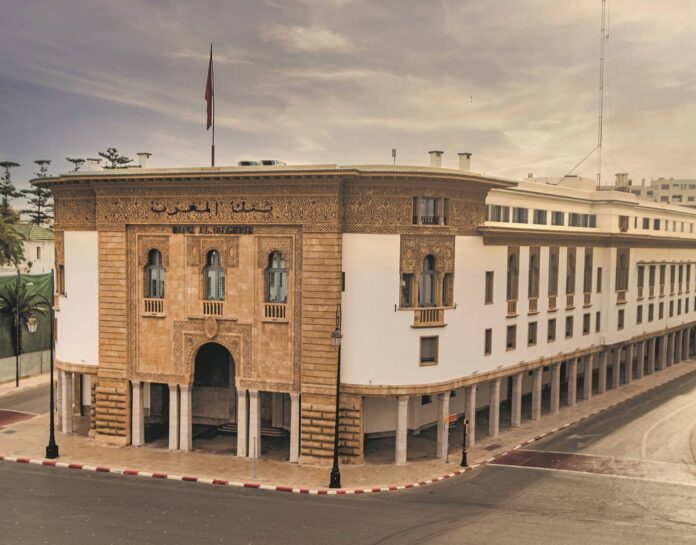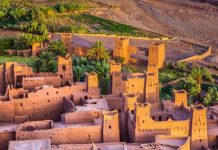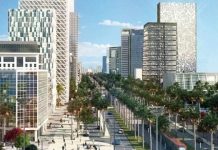At the heart of Rabat, where the city’s identity intersects with Morocco’s national history, stands the headquarters of Bank Al-Maghrib—an enduring symbol that has shaped the capital’s skyline for nearly a century. Far more than just a building, it’s a living repository of the country’s collective memory, rising from Mohammed V Avenue, in a district that UNESCO would later recognize as an exceptional world heritage site.
The story of this landmark began in 1922, when French architects Auguste Cadet and Edmond Brion drew up the initial blueprints. Construction began the following year on a modest 1,842-square-meter lot—what is now known as the historic wing, still home to the bank’s executive offices. From its earliest foundations, the building stood out for the exceptional quality of its craftsmanship, meticulous design, and robust materials. Built from stone quarried in Salé, it reflected not only architectural ambition but also a deep connection to the region.
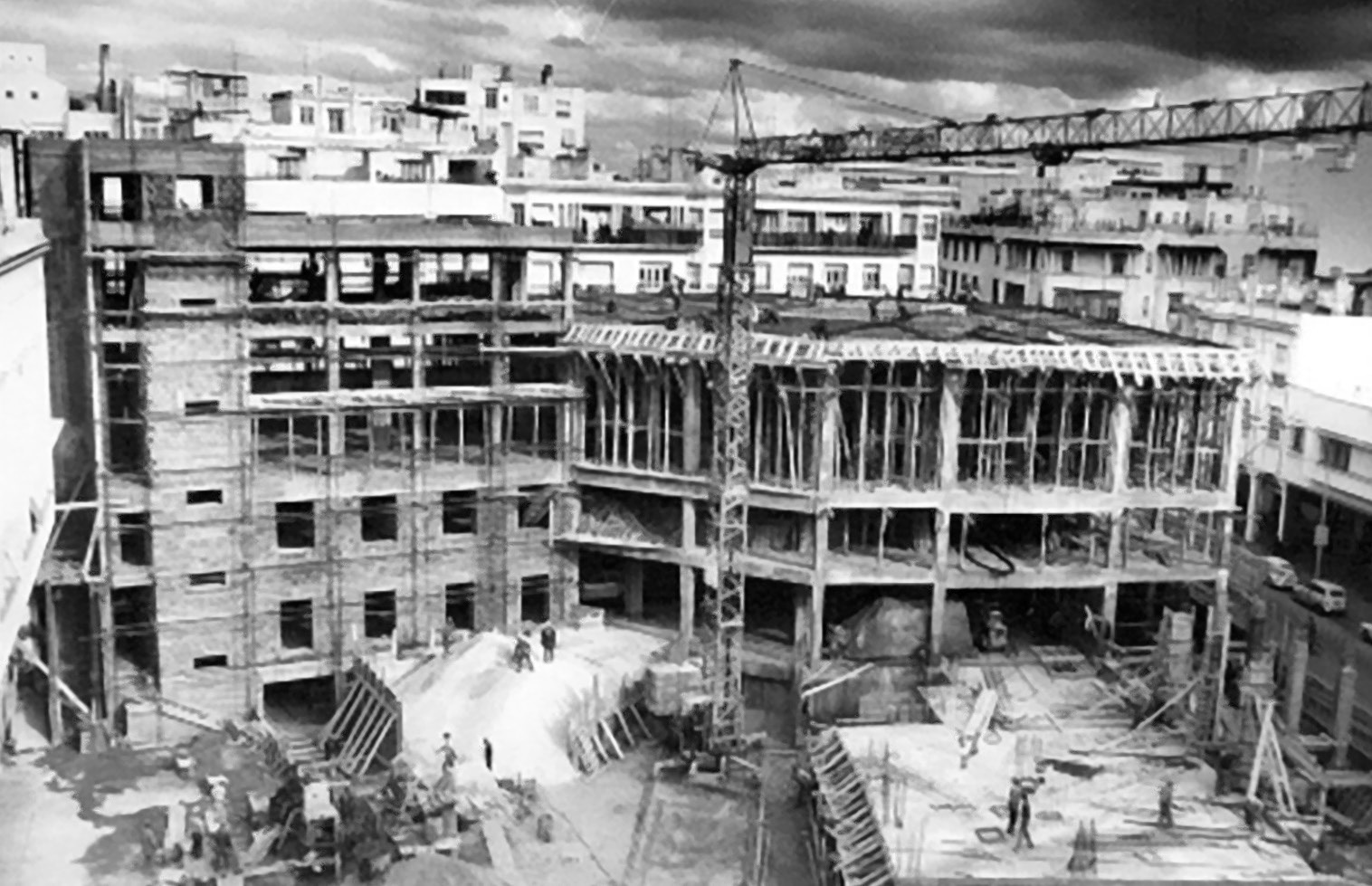
Two years later, in 1924, the bank purchased an adjacent plot nearly double the original size to accommodate its future growth. As Rabat evolved into a young capital city, the bank’s architecture kept pace. The first major expansion came in the 1950s, once again under the guidance of Edmond Brion. Then in the 1970s, modernist Moroccan architect Mourad Ben Mbarek was brought in to design a new addition. He remained deeply respectful of the original style, even going so far as to source the same Salé stone used decades earlier. Thanks to this careful attention, all three construction phases—spanning more than 50 years—blend seamlessly into one remarkably unified whole.
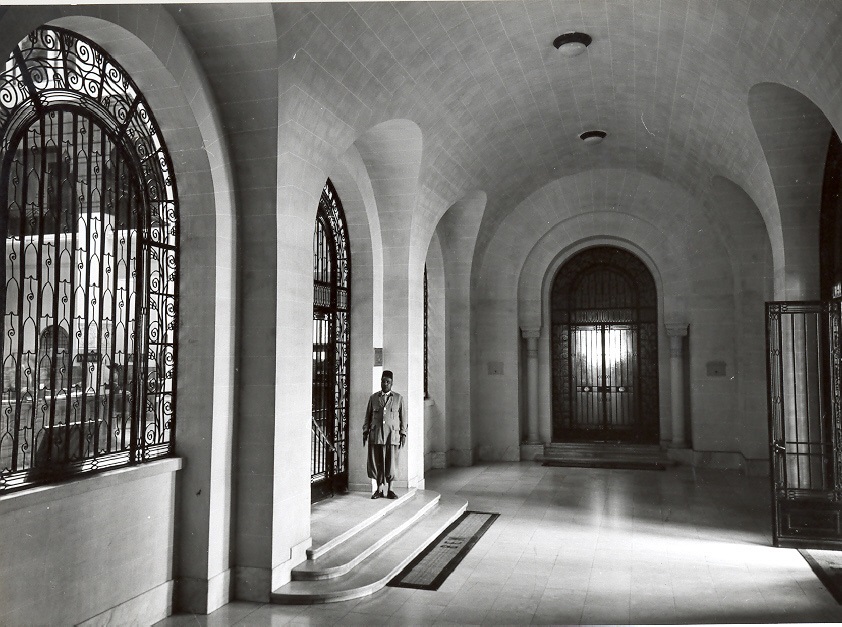
But the building’s legacy isn’t confined to its architecture. Its symbolic power grew dramatically in 1959, when Morocco’s political independence was followed by a decisive step toward economic sovereignty. On July 2 of that year, King Mohammed V officially inaugurated the Bank of Morocco at this very location. In front of a massive crowd, he unveiled a plaque—engraved in both Arabic and French—that marked the establishment of the country’s own issuing bank, solidified by a royal decree dated just days earlier. It was more than a ceremonial act; it was a powerful declaration of autonomy. From that moment, the building ceased to be merely an administrative facility—it became a national emblem of emancipation and control over the country’s financial future.
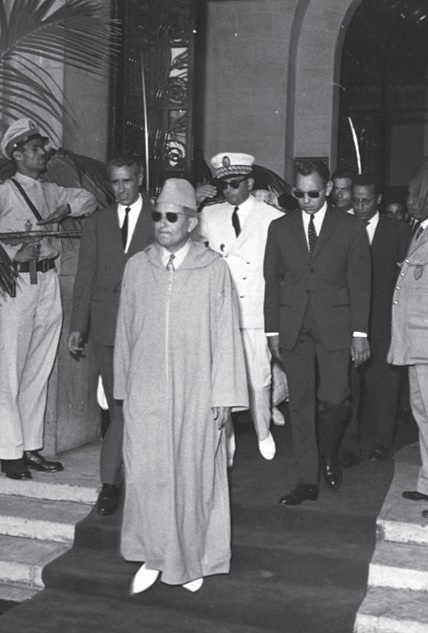
Strategically located on Mohammed V Avenue, across from Parliament and near key civic buildings like the Balima Hotel and the main post office, the bank is part of an area originally envisioned by urban planner Henri Prost during the French protectorate. Over time, however, Moroccan institutions reclaimed and redefined the space, giving it a new, distinctly national character. Within this reclaimed urban narrative, the Bank Al-Maghrib headquarters became more than a landmark—it became an identity marker, on par with other historic monuments in this UNESCO-listed neighborhood since 2012.
Throughout decades of economic transformation—from sweeping reforms and currency liberalization to the implementation of independent monetary policies—the building has remained a constant, always retaining its original purpose. Step inside, and you’ll find cedar ceilings, delicate glasswork, and ornate wrought iron—testaments to the artisanal craftsmanship the bank has never ceased to value and preserve.
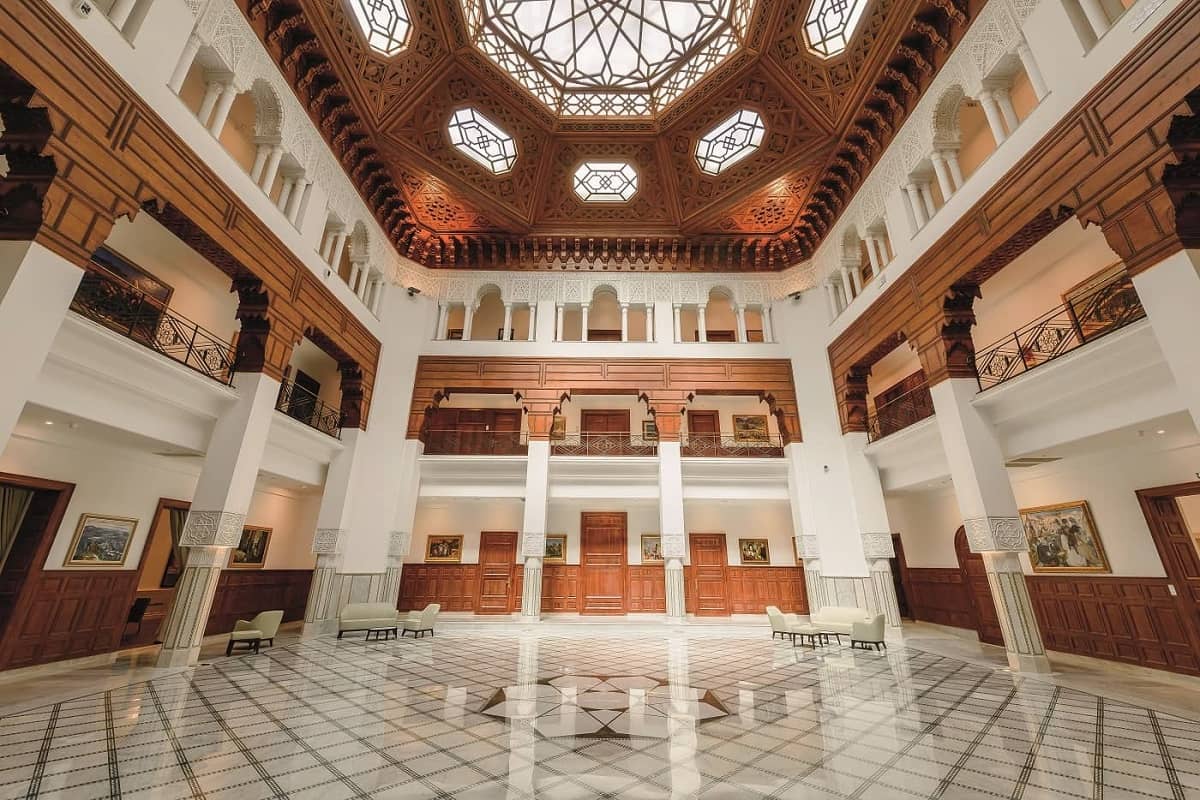
Between 2015 and 2020, the structure underwent its most ambitious restoration in nearly half a century. The goal was to bring the building into the 21st century while preserving its historic character. Architects and artisans were tasked with a complex balancing act: meet modern functionality and sustainability standards while safeguarding the integrity of a heritage site. The result is a building that looks to the future without losing sight of its past.
Today, the revitalized headquarters houses seven core departments of the central bank, all within a space redesigned for transparency, flexibility, and collaboration. The layout embraces modern design principles while remaining faithful to the soul of the original structure. The central atrium’s dome has been carefully restored, traditional materials were reused where possible, and new systems for ventilation, lighting, and accessibility were introduced with a focus on energy efficiency.
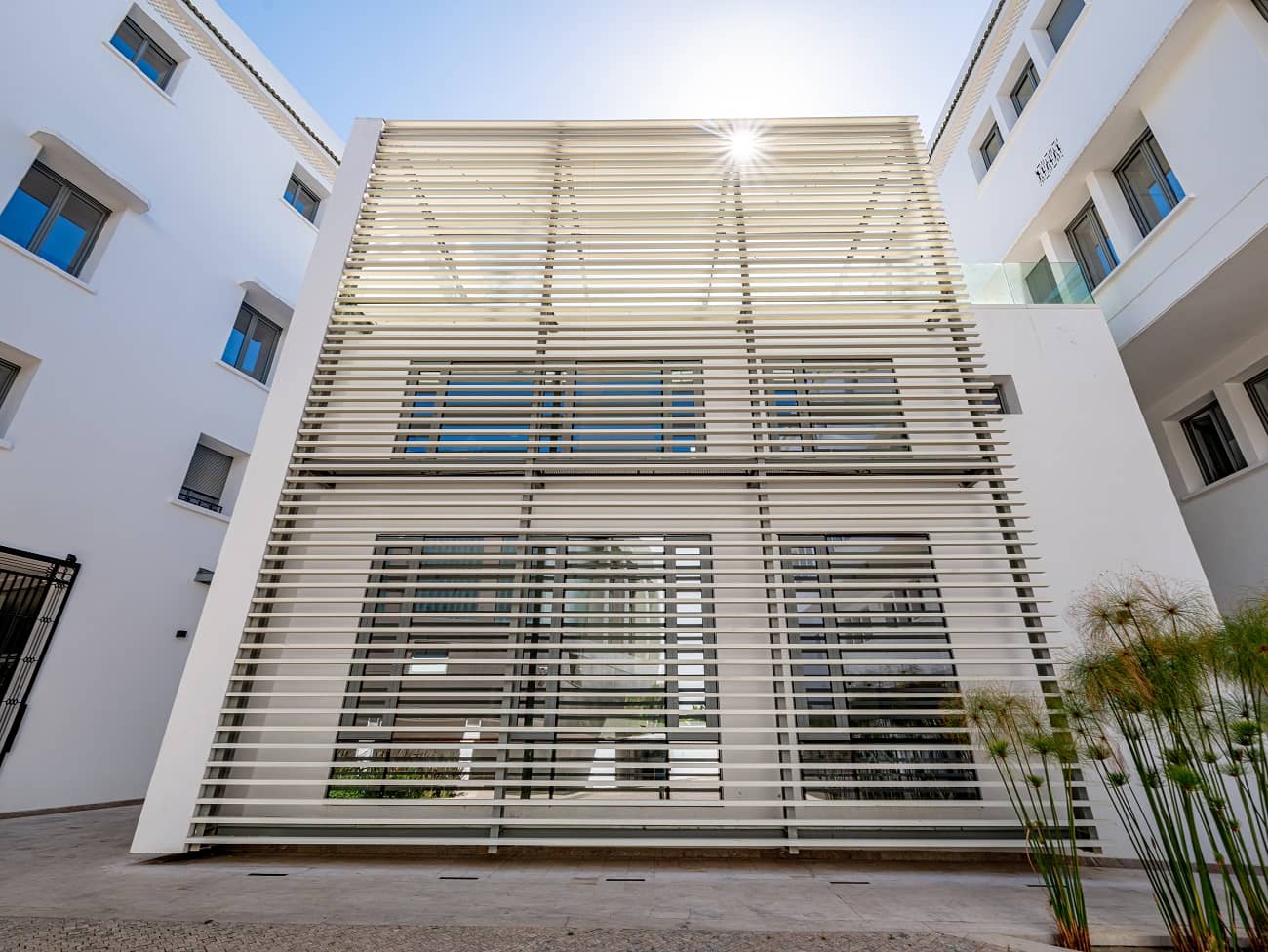
If architecture is indeed a reflection of the values of its time, then the Bank Al-Maghrib headquarters tells a story of continuity—of a nation that honors its heritage while actively shaping its future. This is not just an office space. It is a cornerstone of national identity, a monument to Moroccan sovereignty, and a place where history is not only remembered, but still being written.


